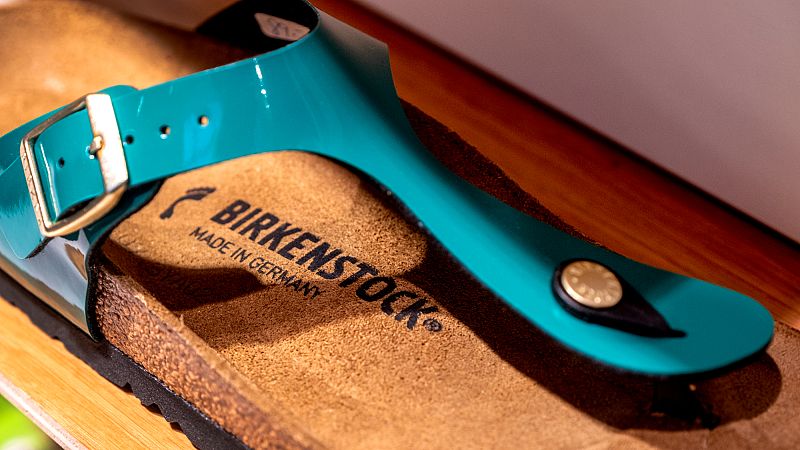What a piece of art is a sandal? German court rules Birkenstocks are just footwear

Comfortable, practical, stylist, and… works of art? Birkenstocks, the sandal brand beloved by Germans who insist on the sartorially unsound sock accompaniment, has kicked up a stink with the courts over whether they can be considered art.
The iconic cork-soled shoe brand has run into a disagreement with Germany's Federal Court of Justice who yesterday ruled their sandals are just comfy footwear.
Birkenstock, which was founded in 1774 and is headquartered in Linz am Rhein, Germany, had filed a lawsuit against three competitors who sold sandals that were very similar to its own.
The shoe manufacturer claimed its sandals “are copyright-protected works of applied art” that may not be imitated. Under German law, works of art enjoy stronger and longer-lasting intellectual property protections than consumer products.
The company asked for an injunction to stop its competitors from making copycat sandals and order them to recall and destroy those already on the market. The defendant companies were not identified in the court statement.
Before Germany's highest court for civil trials weighed in Thursday, the case had been heard at two lower courts, which disagreed on the issue.
A regional court in Cologne initially recognised the shoes as works of applied art and granted the orders, but Cologne's higher regional court overturned the orders on appeal, German news agency dpa reported.
The appeals court said it was unable to establish any artistic achievement in the wide-strapped, big-buckled sandals.
The Federal Court of Justice sided with the appeals court and dismissed the case. In its ruling, it wrote that a product can't be copyrighted if “technical requirements, rules or other constraints determine the design.”
“For the copyright protection of a work of applied art – as for all other types of work – the level of design must not be too low,” the court wrote. “For copyright protection, a level of design must be achieved that reveals individuality.”


